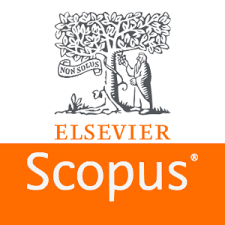A COMPREHENSIVE REVIEW OF PHYTOCHEMICAL INVESTIGATIONS AND PHARMACOLOGICAL POTENTIAL OF CURCUMA AMADA (MANGO GINGER), A PROMISING MEMEBER OF THE "ZINGIBERACEAE FAMILY"
R. Dhanalakshmi*, G. Kathir, A. Kathir, R. Karthikeyan and J. Kaviya
Mango ginger (Curcuma amada), an annual plant from the Zingiberaceae family, is notable for its unique mango-flavored rhizomes and significant medicinal value. Traditionally used in culinary applications, particularly in pickles, it also holds a prominent place in Ayurvedic and Unani medicine as an appetizer, antipyretic, aphrodisiac, diuretic, and treatment for various ailments such as skin diseases, bronchitis, asthma, and inflammation. The rhizomes exhibit a wide range of biological activities, including antioxidant, antibacterial, antifungal, anti-inflammatory, cytotoxic, and analgesic effects. Chemically, C. amada is rich in starch, phenolic acids, curcuminoids, and volatile oils, with key terpenoids like difurocumenonol, amadannulen, and amadaldehyde. GC/MS analysis revealed essential oil components such as α- pinene, p-cymene, camphor, and β-curcumene. Essential oils extracted through various methods—hydrodistillation, steam distillation, microwaveassisted extraction, and ultrasound-assisted extraction—demonstrated notable antibacterial, anti-inflammatory, larvicidal, and insecticidal properties, with UAE and MAE showing enhanced antibacterial efficacy.
[get full article]



























